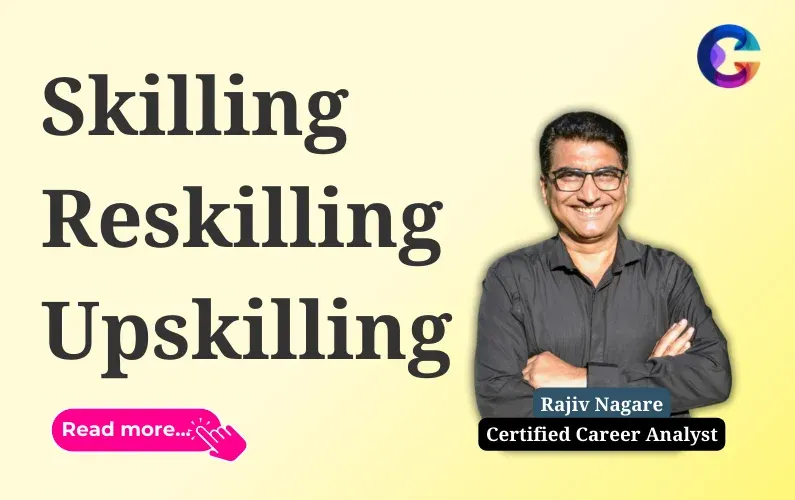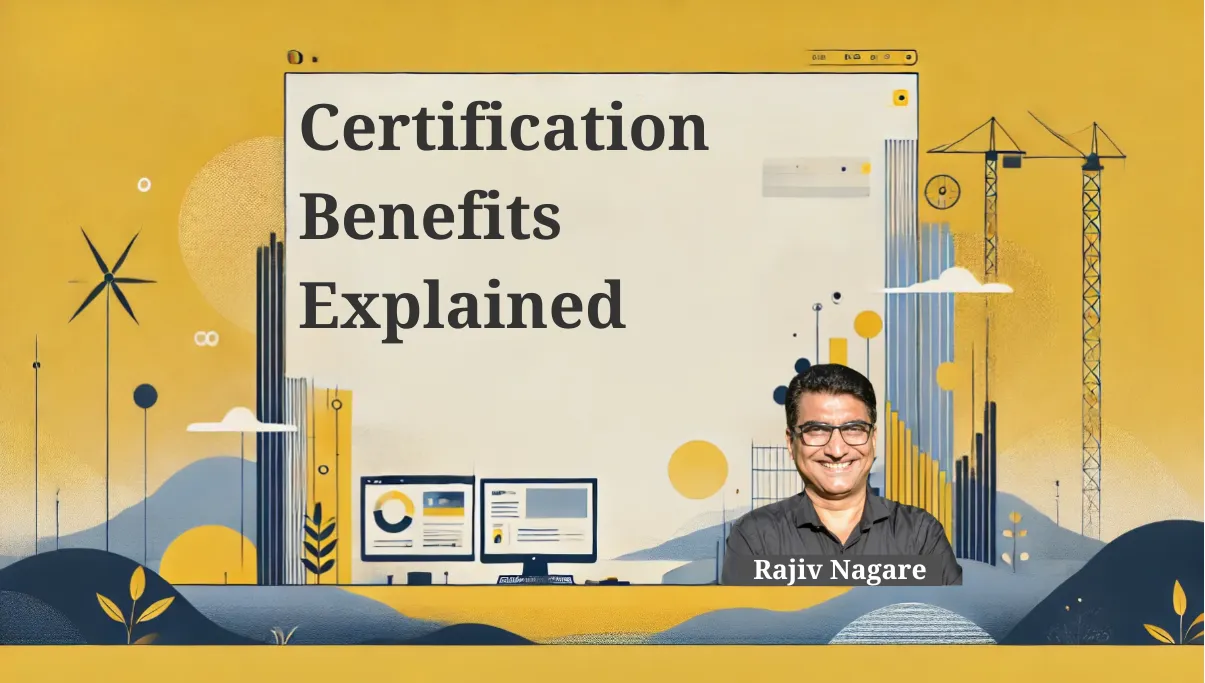Creating A Compelling LinkedIn Profile: Your Key To Career Advancement
In today’s competitive job market, having a strong online presence is no longer optional—it's essential. LinkedIn, the world’s largest professional network, plays a pivotal role in showcasing your professional brand, connecting you with opportunities, and advancing your career. Whether you're searching for new job opportunities, looking to expand your professional network, or establishing your authority in your field, a compelling LinkedIn profile can be the key to unlocking these goals.
In this guide, we’ll explore the critical elements of building a standout LinkedIn profile that highlights your strengths and helps you attract the right career opportunities.

Understanding the Purpose of Your LinkedIn Profile
Before jumping into profile creation, it’s important to clarify the purpose of your LinkedIn presence. This is where your career goals, target audience, and personal brand come into play.
Clarifying Your Career Goals and Target Audience
What are you looking to achieve with your LinkedIn profile? Are you aiming to secure a job, grow your network, or establish yourself as a thought leader? Knowing your goals helps shape the tone and content of your profile. Identify your target audience—whether it's hiring managers, recruiters, or industry peers—and tailor your profile to address their needs.
Defining Your Personal Brand Statement
Your LinkedIn profile is more than just a resume. It’s an opportunity to present your personal brand—the unique combination of skills, experiences, and values that make you stand out. Your personal brand should be evident in every section of your profile, helping you build a coherent narrative around your career journey.
Essential Components of a LinkedIn Profile
A well-rounded LinkedIn profile is made up of various components that work together to create a full picture of who you are professionally. Here are the most crucial elements.
Profile Photo and Background Image
Choosing a Professional Profile Photo
First impressions matter, and your profile photo is the first thing people notice. Choose a high-quality, professional headshot that reflects your industry. Avoid casual photos, and ensure you’re dressed appropriately for the role you’re seeking.
Selecting a Relevant Background Image
Your background image, or banner, should complement your personal brand. It could showcase a project you’ve worked on, a theme related to your industry, or simply a visual that aligns with your professional goals. Avoid generic stock images and aim for something that adds value to your profile.
Headline and Summary
Crafting an Attention-Grabbing Headline
Your headline is one of the most visible parts of your profile. It should go beyond just listing your job title. Instead, describe what you do and how you can add value. For example, instead of “Software Engineer,” you could use, “Innovative Software Engineer Specializing in AI-Driven Solutions.”
Writing a Compelling Summary
Your summary is where you tell your story. It should provide a concise yet powerful overview of your professional journey, skills, and accomplishments. Use this space to highlight your most significant achievements, your passion for your work, and what sets you apart. Keep it conversational, yet professional.
Experience Section
Formatting Job Titles and Descriptions Effectively
In the experience section, list your previous job titles, companies, and tenure clearly. Focus on structuring your job descriptions to emphasize key accomplishments rather than just responsibilities. Use bullet points for clarity and highlight quantifiable achievements.
Highlighting Key Accomplishments and Responsibilities
Whenever possible, include metrics or outcomes (e.g., “Increased sales by 20%,” “Led a team of 10 engineers to develop a new software product”). This demonstrates the impact of your work and sets you apart from others in similar roles.
Skills and Endorsements
Selecting Relevant Skills Aligned with Your Career Goals
Choose skills that directly align with your career objectives and showcase your core competencies. Make sure these skills are relevant to your current role or the job you’re targeting.
Encouraging Endorsements from Connections
Endorsements from your connections add credibility to your profile. Reach out to colleagues, mentors, or supervisors to endorse the skills most relevant to your career path. Endorse others as well, as this often leads to reciprocal endorsements.
Education and Certifications
Listing Academic Qualifications and Certifications
Ensure that your educational background and certifications are up to date. List your degrees, institutions, and years of graduation, along with any certifications that demonstrate your expertise in your field.
Linking Certifications to Demonstrate Credibility
Some certifications, such as those from recognized institutions or organizations, can be linked directly to your profile to add an extra layer of credibility
Optimizing Your LinkedIn Profile for Searchability
LinkedIn operates much like a search engine. Recruiters and hiring managers often use it to find potential candidates by searching for relevant keywords. Optimizing your profile for search can significantly increase your visibility.
Using Relevant Keywords Throughout Your Profile
Research common keywords used in your industry and integrate them naturally into your headline, summary, job descriptions, and skills sections. These keywords should align with the job titles, skills, and qualifications you possess.
Enhancing Visibility Through SEO Techniques
Use LinkedIn’s built-in features, such as the “Open to Work” or “Open to Hiring” sections, to enhance visibility. Make sure your contact information is up to date and that your profile settings are public, allowing recruiters to find you easily.
Leveraging Multimedia and Visual Content
Incorporating multimedia into your LinkedIn profile can make it stand out and engage viewers more effectively.
Incorporating Videos, Presentations, and Projects to Showcase Skills
LinkedIn allows you to upload rich media like videos, slides, and PDFs to your profile. If you’ve delivered presentations, created a portfolio, or completed significant projects, share them to visually showcase your work.
Adding Rich Media to Enhance Profile Engagement
Rich media not only makes your profile more dynamic but also provides a chance for others to engage with your work directly. This can set you apart from competitors with text-only profiles.
Building a Strong Network and Engaging with Connections
A strong LinkedIn profile is about more than just looking good on paper; it’s about building connections and engaging with others.
Strategies for Expanding Your LinkedIn Network
Start by connecting with colleagues, mentors, and peers. Join LinkedIn groups related to your industry, participate in discussions, and engage with posts that resonate with your interests. Personalize connection requests by including a brief message explaining why you want to connect.
Engaging with Connections Through Posts, Comments, and Messages
Stay active by posting regularly, sharing articles, and commenting on others’ posts. Building rapport with your connections and keeping your profile active helps maintain visibility and fosters relationships that can lead to opportunities.
Showcasing Recommendations and Endorsements
Recommendations and endorsements can significantly boost your profile’s credibility and trustworthiness.
Requesting and Displaying Recommendations from Colleagues and Supervisors
Don’t hesitate to ask for recommendations from previous colleagues, supervisors, or clients. A well-written recommendation that highlights your strengths and work ethic can reinforce the content in your profile and leave a lasting impression on recruiters.
Maximizing the Impact of Endorsements on Your Profile Credibility
The more endorsements you have for key skills, the more authoritative your profile appears. Aim for endorsements from individuals who know your work well and who are respected in your field.
Using LinkedIn Groups and Publishing Platform
LinkedIn groups and its publishing platform provide an excellent opportunity to demonstrate thought leadership and expand your network.
Joining and Participating in Relevant LinkedIn Groups
By joining groups relevant to your industry, you can connect with like-minded professionals, gain insights from industry discussions, and share your expertise.
Publishing Articles and Posts to Demonstrate Thought Leadership
LinkedIn’s publishing platform allows you to write and share articles directly from your profile. Use this tool to showcase your knowledge, offer industry insights, and engage with a broader audience. Regular posting can help build your reputation as a thought leader.
Maintaining a Dynamic and Updated Profile
A compelling LinkedIn profile isn’t static. It requires regular updates to reflect your latest achievements, skills, and career shifts.
Regularly Updating Profile Information and Achievements
Make it a habit to update your profile regularly. This includes adding new certifications, skills, and work experiences. Keeping your profile dynamic shows that you’re actively engaged in your career development.
Staying Active on LinkedIn to Stay Connected with Industry Trends
Engage with industry news, participate in discussions, and share valuable content. Being an active participant on LinkedIn helps you stay visible to your network and keeps you informed about the latest trends in your field.
Creating a compelling LinkedIn profile is essential for career growth in today’s professional landscape. By optimizing your profile, showcasing your unique skills, and staying active on the platform, you can attract valuable opportunities and establish a strong professional presence.
Share your experiences and tips in the comments below















